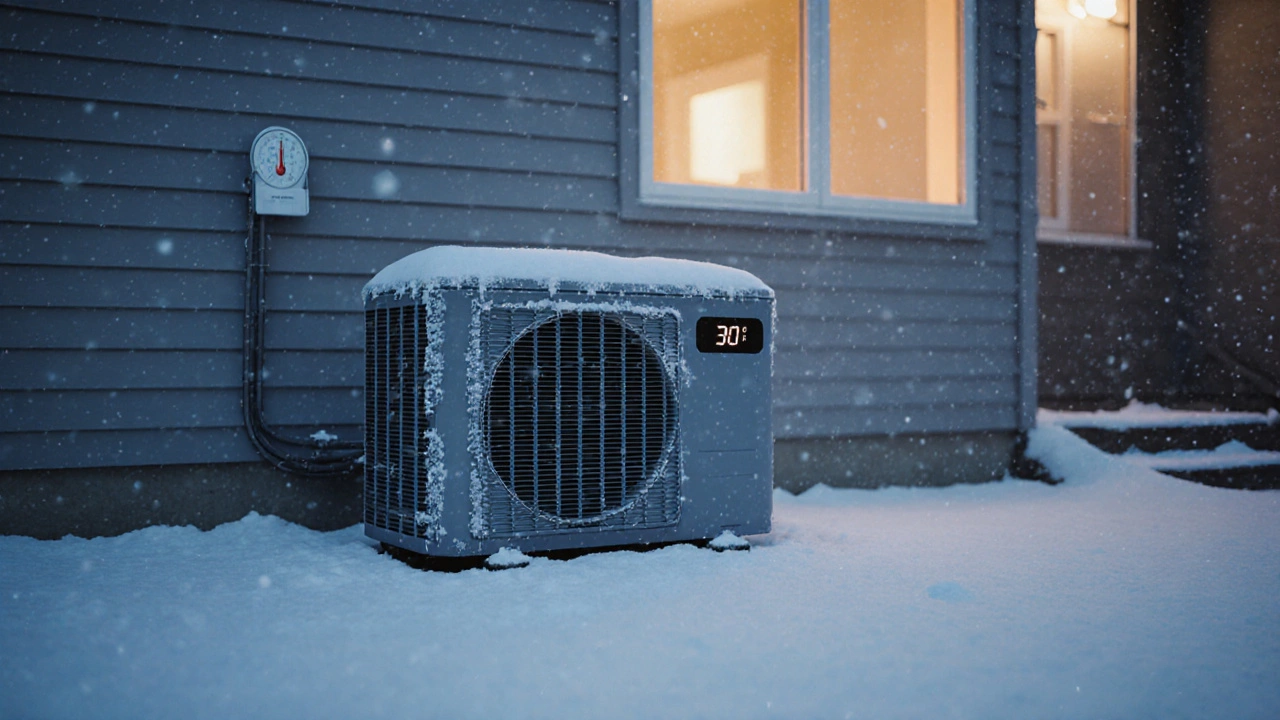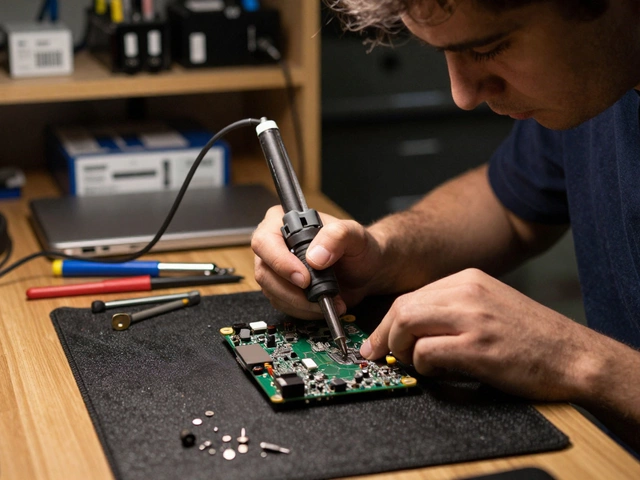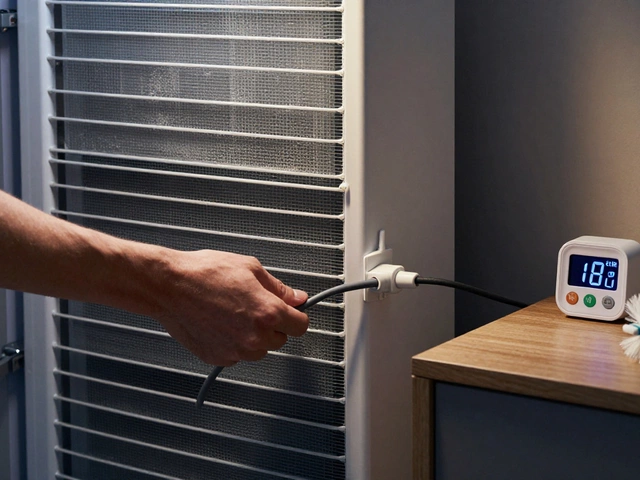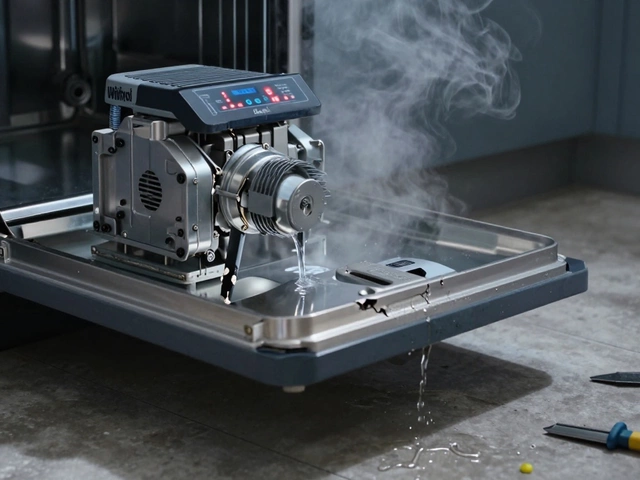Outdoor Temperature and Your Home Appliances
When working with outdoor temperature, the ambient air condition outside a building that directly affects heating, cooling and energy use. Also known as outside air temperature, it plays a key role in how your systems run. Understanding outdoor temperature lets you predict when a boiler will need to fire more often, when a heat pump might lose efficiency, and how a water heater’s recovery time changes with the seasons. For example, a drop in outdoor temperature typically forces a boiler to work harder, raising fuel consumption. At the same time, a heat pump’s coefficient of performance (COP) slides down as the air gets colder, meaning you’ll feel the impact on your electricity bill. Knowing these links helps you plan maintenance, adjust settings, and avoid surprise breakdowns.
Key Systems That React to Outdoor Temperature
One of the most common culprits is the heat pump, a device that moves heat between indoor and outdoor spaces using a refrigerant cycle. Its efficiency is directly tied to the outdoor temperature: the colder it gets, the more energy the pump needs to extract heat, which can lead to frost buildup on the outdoor coil. A simple seasonal check‑up—cleaning the coil and verifying defrost settings—keeps the system humming. Next, consider the boiler, a closed‑loop heating unit that heats water for radiators or underfloor heating. Boiler efficiency drops when the inlet water is colder, so insulating pipework and installing a weather‑compensated control can offset the loss. Then there’s the water heater, an appliance that stores and heats water for domestic use. In winter, the incoming cold water makes the heater work longer to reach set temperatures, which can wear out heating elements faster. Finally, the thermostat, a control device that regulates indoor temperature based on user settings and sensor input, often has an outdoor sensor to apply weather‑compensation algorithms. When the thermostat reads a low outdoor temperature, it may raise the indoor set point slightly to maintain comfort.
All these pieces connect through a simple idea: outdoor temperature influences the demand placed on heating and cooling equipment. That means a homeowner who tracks the weather can make smarter choices—like turning down the thermostat a few degrees on milder days, scheduling boiler service before the coldest months, or clearing debris from a heat pump’s outdoor unit before a freeze. Below, you’ll find a curated collection of guides that break down each system, show you how to diagnose temperature‑related issues, and give step‑by‑step fixes. Whether you’re tweaking a thermostat, defrosting a heat pump, or planning a boiler tune‑up, the articles ahead give you practical actions you can take right now.
When Does a Heat Pump Lose Efficiency? Temperature Limits Explained
- Alden Wilder
- Oct 22 2025
- 0 Comments
Learn the temperature thresholds where heat pumps lose efficiency, how different models compare, and practical tips to keep them running smoothly in cold weather.
View More



